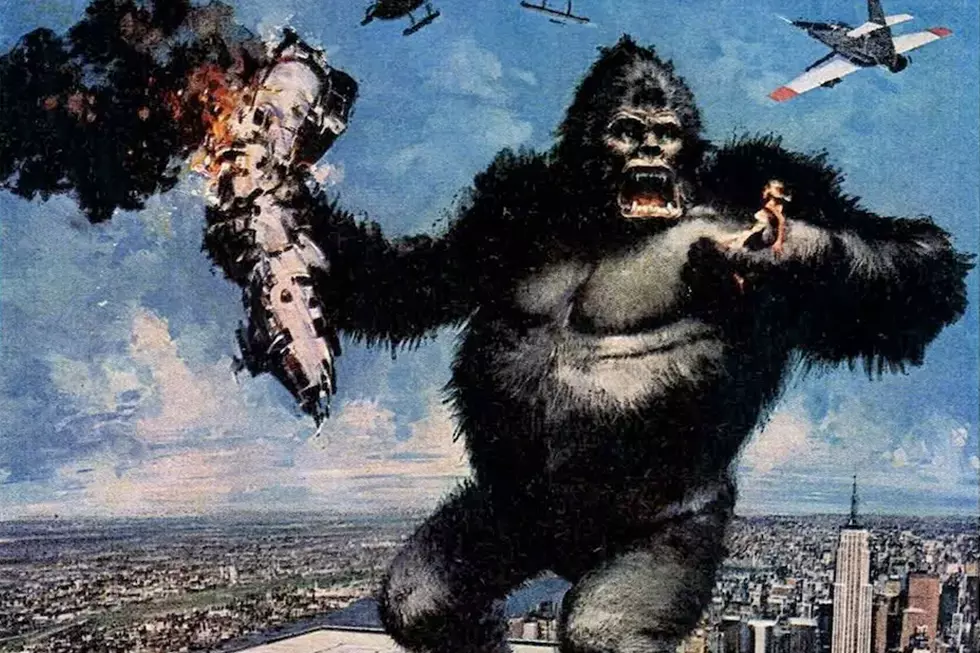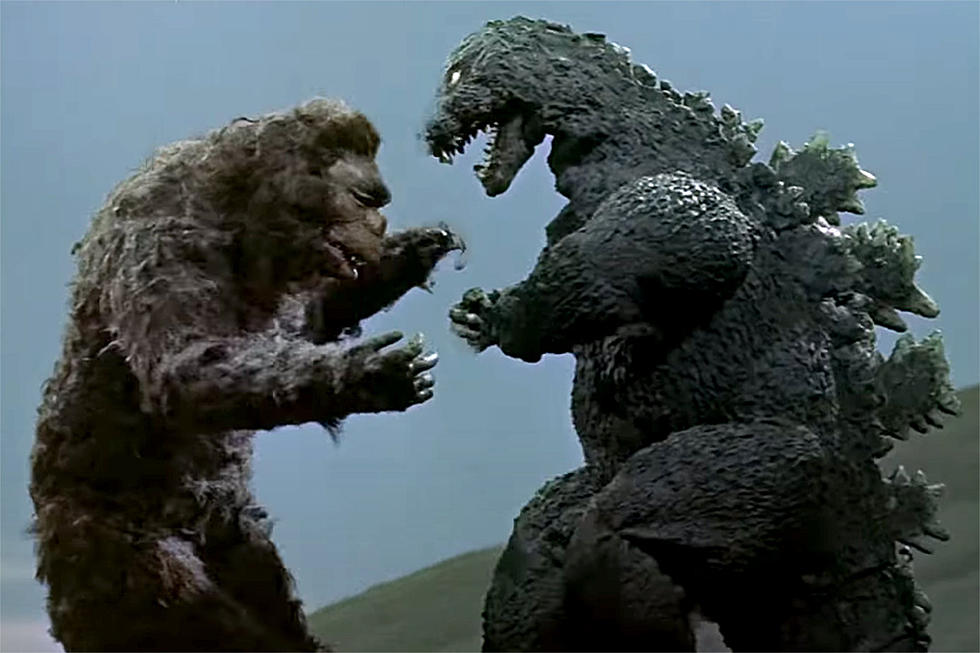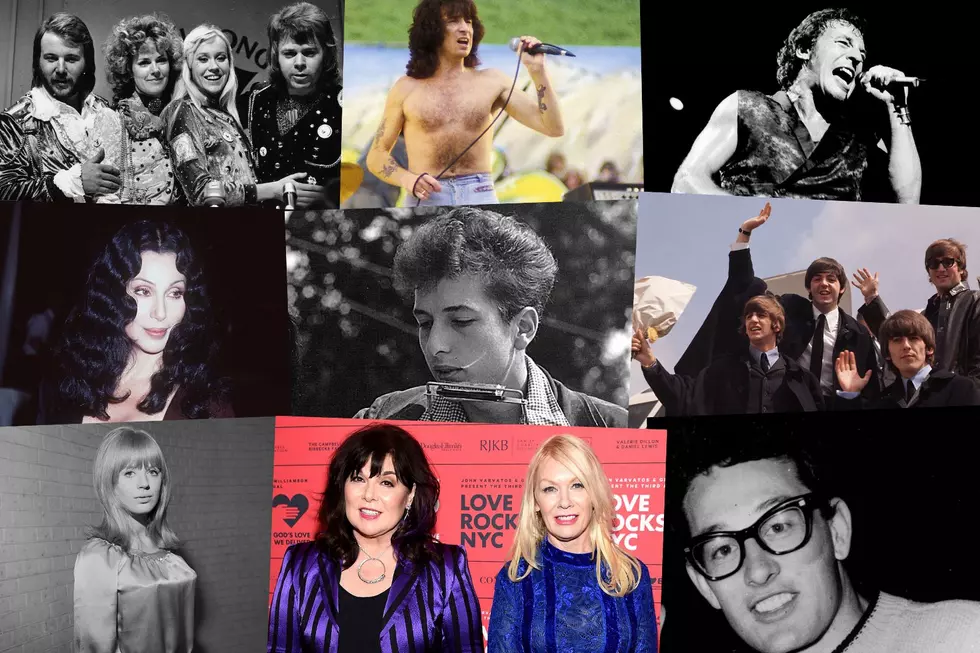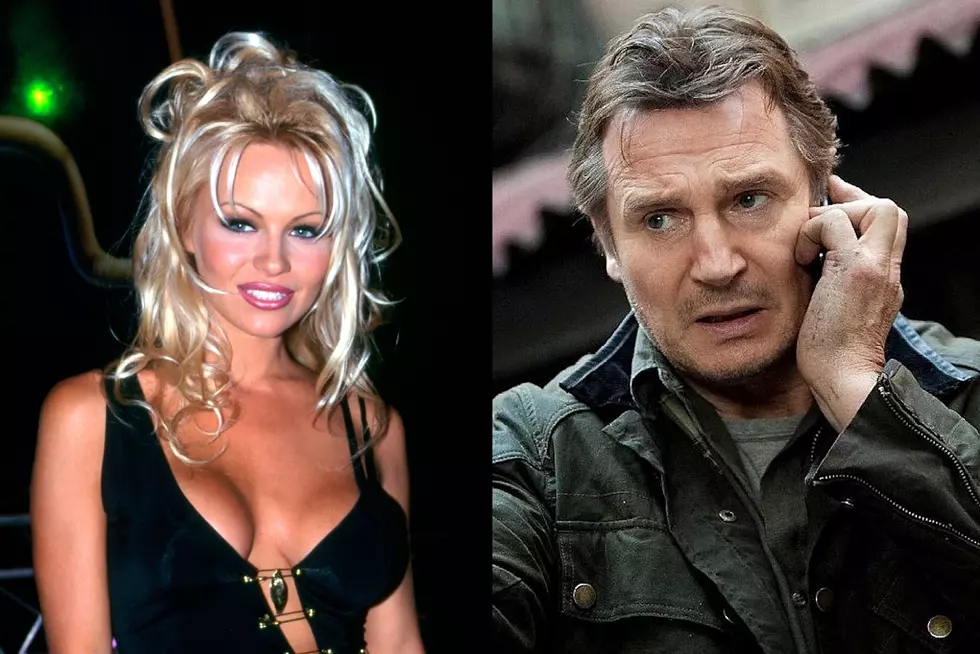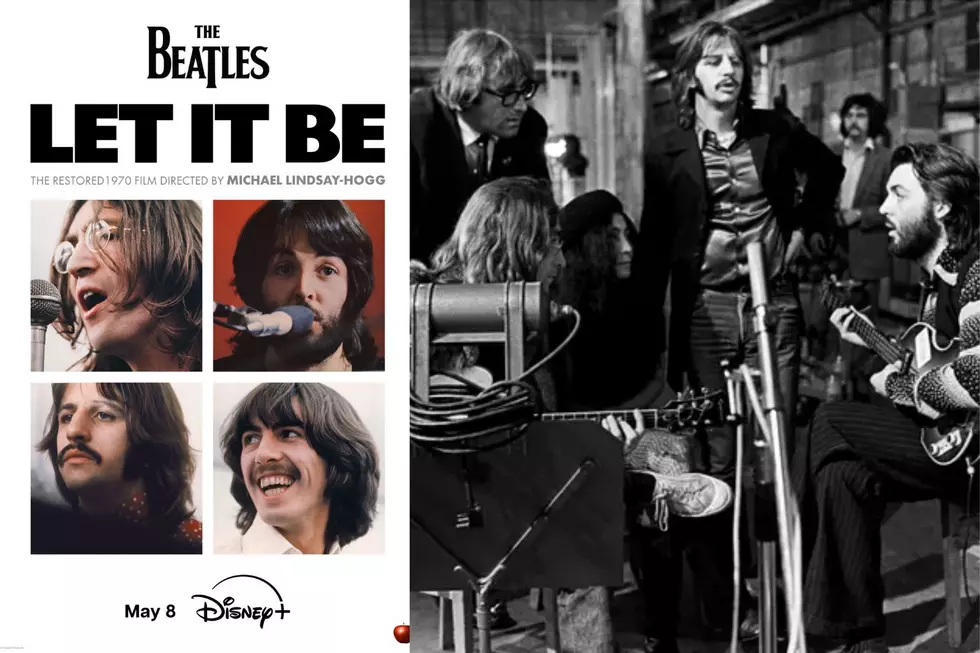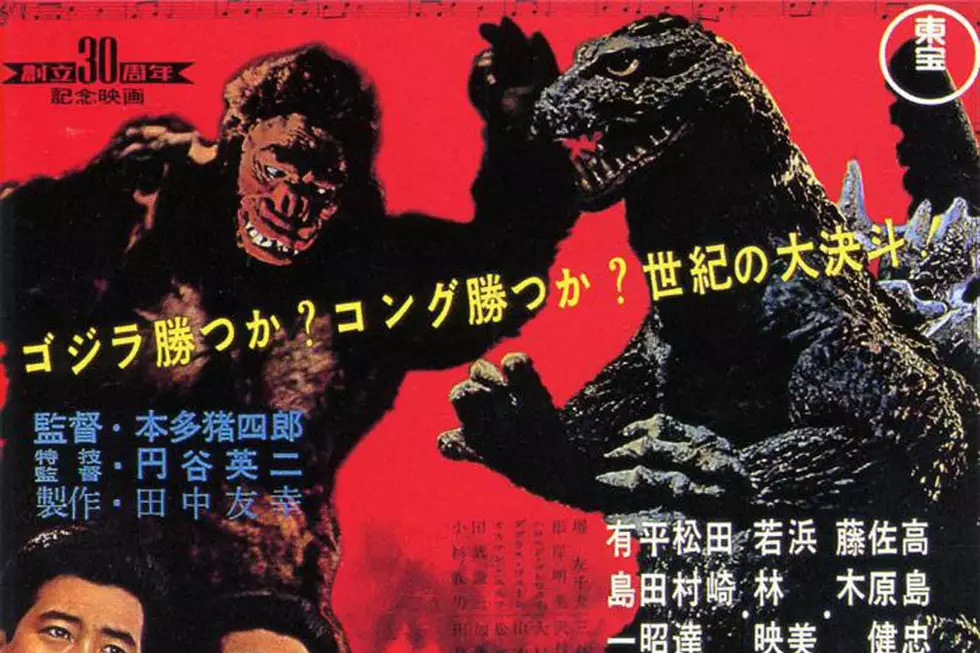
When ‘King Kong vs. Godzilla’ Bridged Giant-Monster History
When King Kong vs. Godzilla opened in August 1962 in Japan, the giant gorilla hadn't been seeing onscreen since 1933's King Kong sequel, The Son of Kong. The scaly dinosaur was also pretty much in retirement, making his last appearance in 1955's Godzilla Raids Again, the sequel to the genre-defining Godzilla a year before.
King Kong vs. Godzilla was supposed to be a star vehicle for King Kong, the American-made grandfather of all giant-monster movies. But instead, the film became a comeback vehicle for Godzilla – launching a decades-evolving franchise that continues to this day.
Thing is, Godzilla wasn't even included in the movie as it was originally conceived by Willis O'Brien, the animator of the original King Kong. O'Brien's idea was to feature the gorilla in a new film called King Kong Meets Frankenstein, in which Kong would battle a giant monster stitched together from different animals.
Legal hurdles, financial difficulties and lack of interest eventually landed the script at Toho, the Japanese studio responsible for the Godzilla movies. It had its eye on Kong for years, ever since its own giant monster became a hit, so it didn't take long for execs to remove the Frankenstein idea and replace it with their own creation – even though Godzilla's popularity had waned over the past half-decade.
A revised plot and a new script were drafted without O'Brien's knowledge. The animator's collaborator on the original 1933 landmark King Kong, Merian C. Cooper, even filed a lawsuit to stop the production and distribution of the King Kong vs. Godzilla concept, but it didn't get far when it was discovered that Cooper didn't own sole rights to Kong.
So, Ishiro Honda, the director behind 1954's original Godzilla, as well as a run of Toho's giant-monster movies that stretched well into the '70s and beyond, was tapped for the project and envisioned a part-satire of Japanese television. But whatever subtle jabs at culture were intended, the movie's main focus was on the same thing almost every single Toho movie was about: big-ass monsters destroying cities and fighting each other. (The original version of Godzilla, titled Gojira, was a more serious and somber film, a metaphor for Japan's nuclear-holocaust fears following World War II.)
And let's face it: When King Kong vs. Godzilla is the title and main subject of your movie, the big thing here is getting the two stars onscreen together and the bridging of giant-monster history. The film eventually gets around to just that, but not before the monsters' separate adventures – a highlight includes an oversized octopus – lead to their climatic battle.
Kong's journey is even a lot like his 1933 one, complete with a giant raft that hauls the knocked-out gorilla to a city ripe for his destruction. But he's a lot friendlier here, essentially the good monster who'll save humanity from Godzilla, still somewhat in his threatening form. After this, Toho shaped the homegrown monster into a more heroic role in order to appeal to kids.
Like most of Toho's giant-monster movies, King Kong vs. Godzilla is more campy fun than actually good. In all fairness, it was structured as a semi-comedy originally. Still, characters are barely developed, so acting on any level other than kinda-competent isn't really required, and the flimsy story is merely a vehicle for the spectacle of the two gargantuan stars of the movie – like all of Toho's films from the classic era, they were played by two men in rubber suits – duking it out.
Watch 'King Kong vs. Godzilla' Trailer
In the end, Kong and Godzilla plummet off a cliff and into the Pacific Ocean, with only the gorilla surfacing in the end – though Godzilla's fate is left open-ended for obvious future-films reasons. Despite a rumor that circulated almost immediately after the movie's release that claims Godzilla is the one who rises from the ocean in the Japanese print, no such version was ever filmed or, for that matter, ever planned. (The U.S. edition does leave out Godzilla's movie-ending roar, heard in Japan, on the soundtrack.)
When the movie was released in the U.S. in June 1963, it included some new scenes, deleted other scenes and featured some scenes out of sequence. The entire thing was even restructured to play out as a television newscast, bringing Honda's original intention full circle, though American fans would never know this from the heavy edits. By that time, the next Godzilla movie, 1964's Mothra vs. Godzilla, was being plotted.
Not so surprisingly, arriving in the midst of the monster-movie boom of the '60s, King Kong vs. Godzilla was a hit. According to the 2009 book Mushroom Clouds and Mushroom Men: The Fantastic Cinema of Ishiro Honda, the movie remains the biggest box-office Godzilla movie in Japan. It was also the first filmed in color and in widescreen.
Also not so surprisingly, a sequel was planned, but it never came to fruition. (The 2021 movie, Godzilla vs. Kong, falls within the monsters' shared new-century cinematic universe.) Kong returned in 1967's King Kong Escapes, once again directed by Honda, but more importantly the movie's massive success ensured more Godzilla movies – especially ones where he was paired with other giant monsters and generally seen as the good guy, not the metropolis-leveling terror of the first two films.
Over the next decade, he joined Mothra, Rodan and others in such films as Mothra vs. Godzilla and Ghidorah, the Three-Headed Monster (both 1964), Son of Godzilla (1967), Godzilla vs. Hedorah (1971) and the granddaddy of giant-monster mashups, 1968's Destroy All Monsters. The original era yielded 15 total Godzilla movies, with the franchise pretty much starting here – an ironic turn of events since King Kong vs. Godzilla was originally made to resurrect an overgrown monkey, not a prehistoric fossil seven years into retirement.
68 Horror Movies Featuring Rock Stars
More From Ultimate Classic Rock

